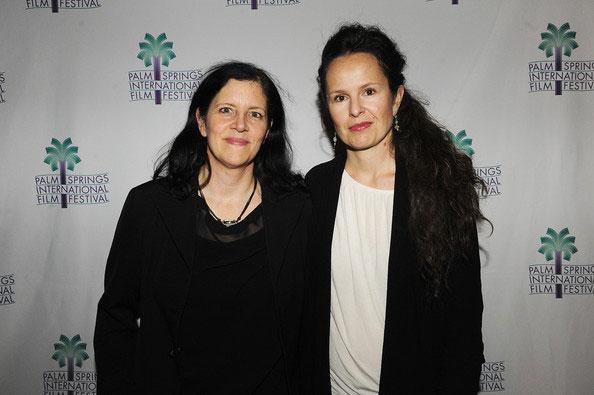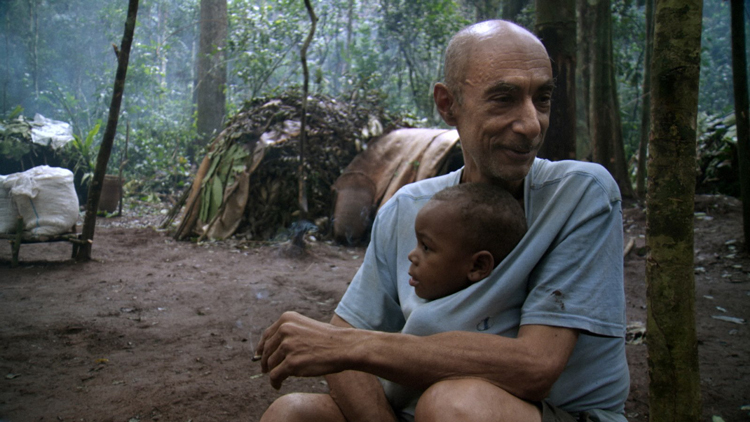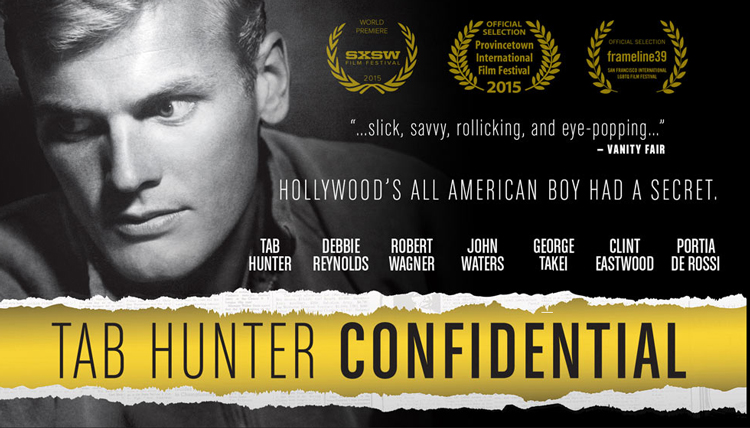
Is the Academy Hurting Most Documentary Filmmakers?
’Tis the season of giving.
That is the season, when documentary filmmakers give and give while getting nothing in return.
All in the dream of making the prized Oscar shortlist that was announced Dec 1st. Since Michael Moore and AMPAS tweaked the system in 2012, the exploitation of filmmakers has only gotten worse.
I am not here to tarnish people’s dreams, but merely to decry the sad reality that publicists, publications, screening series, cinemas, and private venues are more than happy to let filmmakers waste money even when they have, statistically, speaking VIRTUALLY NO CHANCE of making the Oscar shortlist.
In the last 4 years (since the major rule changes):
60% of Oscar Shortlisted Docs screened at Sundance
28% of Oscar Shortlisted Docs screened at Toronto
10% of Oscar Shortlisted Docs screened at Tribeca
Only 4 films that did not screen at any of the 3 festivals above made the Oscar Shortlist. Three of those grossed over $200K and the fourth was distributed by HBO. Two of the three were also NYFF premieres (First Cousin Once Removed and Citizenfour) and one was in Cannes.
71% of Oscar Shortlisted Docs were Cinema Eye and/or IDA nominees.
0% of Non-HBO/Netflix docs that were shortlisted played fewer than 10 theaters theatrically. Yet there are companies that advertise Oscar Qualifying runs in New York and Los Angeles. Filmmakers can spend over $20K for this. These companies charge thousands of dollars more while often providing less of a service than what would have been delivered for a standard release. Keep in mind that any industry vet with half a noggin knows that films using this service have essentially no shot.
ERROR_image_1.jpg)
error_image_2.jpg)
(T)ERROR
In fact, so far, ZERO films that have used this approach (and not had HBO or Netflix backing) have made the shortlist. It is misleading at best to claim these companies are providing a useful service. To be fair, an Oscar nomination is a lifelong dream of many filmmakers, but that doesn’t make leading them down a false path any less horrid. If companies wanted to help filmmakers enter into the race they would arrange for 10 cities not 2. It is almost predatory to give filmmakers this false sense of hope.
Looking at the 124 documentaries that qualified this year it was reasonable to assume that less than half ever had any slightly realistic shot of making the shortlist. Yet no fewer than 45 films with essentially ZERO shot have spent over $25K to qualify. And no fewer than 20 have spent over $20K on awards campaigning. Many have spent over $100K! A full-page ad in a trade can cost $30K, a promo email from a doc group can cost thousands, and those free screening series for the public and special member orgs can cost anywhere from $1K-10K apiece.
We here at TFC have had filmmakers claim they can barely scrape by to cover their theatrical release costs and then spend twice as much money on Oscar campaigning. All of these films did not screen at the 5 key fests (Tribeca, Sundance, Toronto, Cannes, New York) and have destroyed opportunities for a chance to reach a larger audience. Just think of what $50K for marketing and promotion could do for a small doc.

Laura Poitras (Citizenfour) and Johanna Hamilton (1971)
To be clear, the whole awards system if screwed up. We ask filmmakers to pay to attend award shows where they are nominees. In fact many of the precursors not only cost $$ to submit but can cost 10x as much if you’re nominated. If you’re being honored, the bare minimum we can do is not charge you. Now a larger company or bigger docs can whether these costs but for any film that’s not Amy this kind of out of control spending creates a vicious cycle in which all but the small core group of awards voters lose.
Case and point, at least 10 docs that had major awards screenings (cost of $5K or more) did not have a real shot at making the shortlist. Worse yet, only one of them got a nod from IDA or Cinema Eye awards.
This has got to stop! If filmmakers can raise that kind of capital why on earth would they not put it into grassroots engagement or adding markets? For a cost of a single screening to reach voters each of the films could have four walled in 1-4 markets across the country.
For the 50ish docs with even the slightest shot I am willing to give the benefit of the doubt but looking at other indicators from past years only about 30 ever had reason to seriously campaign. In fact, using IDA, Cinema Eye, prior nominee status, and winning at Sundance, Tribeca, or TIFF as an indicator I was able to reduce this year’s crop of 124 docs to a possible list of 33. All 15 shortlisted films were on this list.

Song from the Forest
So how do we help rectify this situation where documentary filmmakers shell out tens of thousands of dollars for nothing in return? In the doc shorts category they have to win the jury prize at a qualifying festival. If we simplified and said only Jury, Special Jury and audience winners from Sundance, SXSW, Tribeca and TIFF as well as nominees from Cinema Eye and IDA are eligible we would cut the list to fewer than 70 films. This does not eliminate campaigning but it significantly cuts back on wasteful spending from films without a shot. Also 14 of the 15 shortlisted films would have been eligible under this system. Granted, this gives even more power to the most influential festivals in North America and that is its own concern.
Yet, this also allows the bulk of the docs to focus on what matters, which is reaching an audience. I love winning awards as much as the next person, but if filmmakers will not listen to reason and if our industry continues to exploit them, why not eliminate a lot of the ability for them to fall into the trap in the first place? The doc branch is quite small and favors their own, with a clear pattern.

Tab Hunter Confidential
2/3 of the shortlisted films each year have been political docs and 1/3 have been character profiles. With few exceptions (Listen to Me Marlon being one) they don’t like films about narrative filmmakers or actors (shocker…not!) and tend to reward the same people. 7 of the 15 shortlisted films this year were directed by prior nominees. You can go a step further and see that political docs are the only ones that can gross under $100K and make the shortlist (again not counting for HBO/Netflix titles). And the biggest shocker is that waiting until fall to release does not increase your chances. In fact, the summer was the most common time for Oscar shortlisted docs to come out.
So filmmakers, I ask you in 2016 not to waste your time or the industry’s time on a pipe dream that only causes you heartache. Take your Oscar campaign money and put it into audience engagement and outreach, use it to make the case for your next feature. Do not spend it on an insular circle unless you statistically match the profile I have laid out. And PLEASE PLEASE PLEASE do not bother telling me why your film is different, because it’s not. I just gave you the statistics that make it pretty clear, at least for the last few years (and I will keep tracking). Don’t put AMPAS above a proper release and find other ways to win attention. If you are that rare doc that fits it into that awards bait by all means strike a balance and don’t overspend.

The Hunting Ground
TFC has had many films on the shortlist in the past including We Were Here, The Invisible War, and The Hunting Ground. All of them were cost effective in promotion and put their original release first before spending big. In fact, our theatrical release, (T)error has spent less than $1K on any awards campaigning and yet it is an IDA Winner, Cinema Eye Nominee, and Spirit Award Nominee. It’s about where you premiere, your subject matter, and who you know. Sort of like the larger industry. Now onward to Sundance 2016.
Bryan Glick December 3rd, 2015
Posted In: Distribution, DIY, Marketing, Theatrical
Tags: Academy of Motion Picture Arts and Sciences, AMPAS, Bryan Glick, documentary filmmaking, Oscar shortlist, qualifying for Oscar, The Film Collaborative